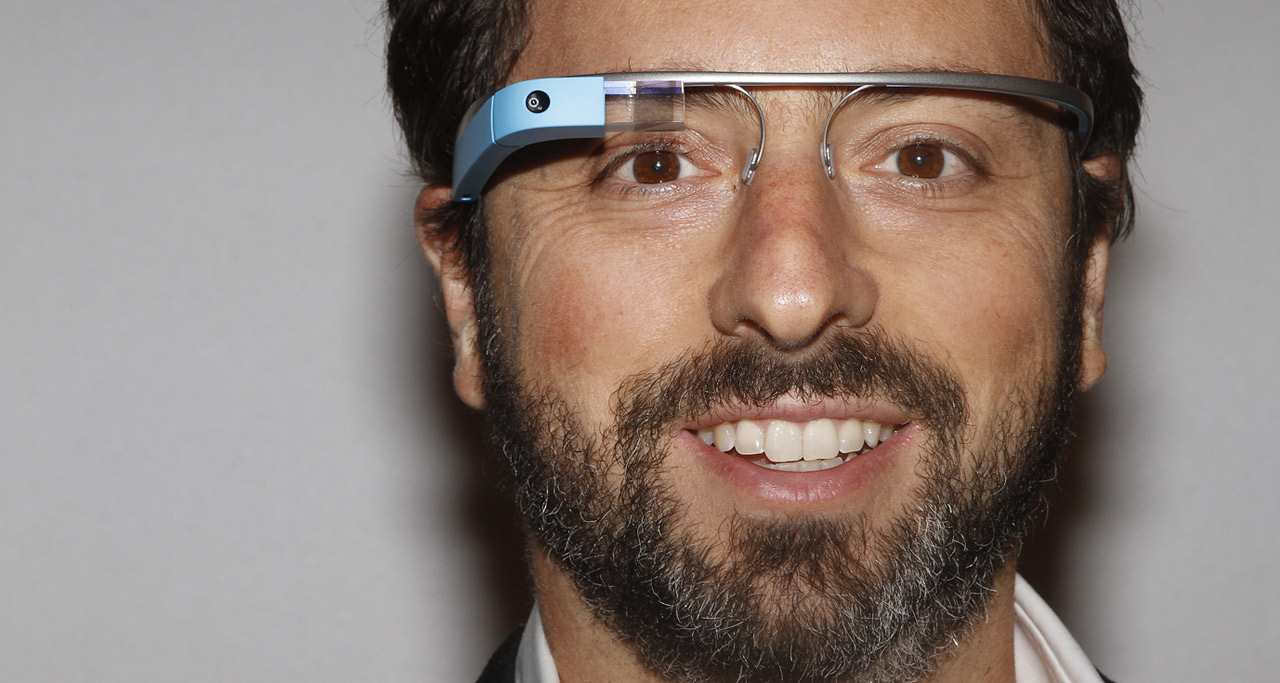We are in the middle of a technology revolution. Like the industrial revolution before it, this revolution will pass through a number of phases (inception, adoption and maturity) and will include the development of a range of different key technologies, each of which will develop on separate but interdependent time lines.
The phases will also mark the evolution of products as ideas are trialled, fail or succeed, get adopted and are then subjected to further development.
Examples of this evolutionary struggle for survival can be found in the Apple Newton, introduced in the 1990s as the forerunner to the current generation of tablets, and the market's selection of the technically inferior VHS over the more expensive Betamax video tape recording systems of the 1980s.
>See also: Google Glass in the workplace: the business potential
Currently there is a race to develop ‘wearable technology’, including smart watches, smart clothing and, of course, the much-heralded Google Glass.
The latest entrant into this market is a product from Microsoft that has been dubbed, in the absence of a product name, the "Alice band" or "smart headband”.
There is very limited information available about Microsoft's headband, but what is known demonstrates the different approaches that companies take when seeking to develop the next new thing.
Google Glass has taken the approach of developing its product without really knowing how it will be used, or its limitations. Naturally, Google Glass was launched complete with some initial applications (including internet browsing, navigation, playing music, recording images and texting), but the expectation is that market demand will determine how the glasses will evolve and be used in very much the same way that it has stimulated the development of mobile "apps" for tablet devices.
One of the consequences of this approach has been a number of adverse reactions to the glasses, even though Google has published a guide on user etiquette, called "How not to be a Glasshole".
For instance, the Department of Transport has held discussions with police forces regarding the safety of driving while wearing Google Glass, and warnings have been issued by cinemas against the use of Google Glass in cinemas (even though they can only record for a maximum of time of around 45 minutes).
By contrast, Microsoft set out to resolve a problem: how to help visually impaired people navigate around busy cities and to find useful information about their surrounds.
Microsoft demonstrated an early prototype of the product in 2012, in association with Guide Dogs. The product provides verbal instructions to the wearer through earpieces received from a network of beacons that will provide information describing the immediate location, giving warning of obstacles and providing other programmed information relating to the locale.
The beacons will use near field communication (NFC), such as Bluetooth Low Energy (BLE), to communicate with the product. BLE beacons have already been successfully used in a number of similar applications, such as at the Bonnaroo Music and Arts Festival, to track how festival visitors moved around the site so that it can “shape and streamline the festival in the future”.
Naturally, there will be a cost involved to establish the network of beacons required by the Alice band. Products like Google Glass could also use these beacons in the future.
As well as providing the necessary navigational information, it is easy to see that the beacons could also be programmed with information by the sponsor's products, while gathering information about the user's movements at the same time and sending it back to the sponsor.
This raises a common issue with all wearable technology: the impact it has on concerns about personal privacy.
The concerns about Google Glass have included its ability to record images and sounds, potentially from individuals who have not consented or are not aware that they are being recorded (despite the fact that the glasses display a recording light).
However, the concerns extend beyond that to the information that might be recorded about the user's own personal information. For example, recording PIN numbers while using an ATM.
The possibility of recording such information, particularly remotely, will make such devices an object of interest to hackers. Similarly, employees using the glasses will concern businesses about breaches of confidentiality or even industrial espionage.
In part, these debates arise out of a fear of the unknown, but it also highlights our fundamental dilemma about personal privacy. We like the benefits of recording information for our own use – like performance statistics from a sports watch, health band or cycling computer – but we fear the possibility of government agencies tracking our movements, or big business collating our information and using it to manipulate our lifestyles.
>See also: Wearable technology: a cyber risk on your wrist?
Despite concerns about personal privacy, there are also examples of where businesses are using wearable technology in a manner that can be seen as beneficial by consumers.
For example, Japan Airlines is providing its frontline staff at Tokyo's Haneda airport with BLE-enabled smart watches so that their movements and location can be tracked – allowing the airline to reassign tasks quickly in response to a need.
The assignments appear as alerts on the smart watch. Retail outlets could use products like Google Glass to quickly scan bar codes and check stock inventories in response to customer queries from the shop floor and store security staff could record evidence of shoplifting.
The technology revolution is changing the way that we live and interact, and the evolution of wearable technology is one of the many areas where technology starts to fuse with our lifestyles.
It simultaneously generates new risks, challenges and opportunities, but it should be clear that the tide of change is unstoppable.
The law provides some limited redress to the misuse of personal information, but we now live in a world where there is no off button. The millennial generation already recognises this and has adapted to survive life in the information age.
Sourced from Stewart James, partner, Ashfords










